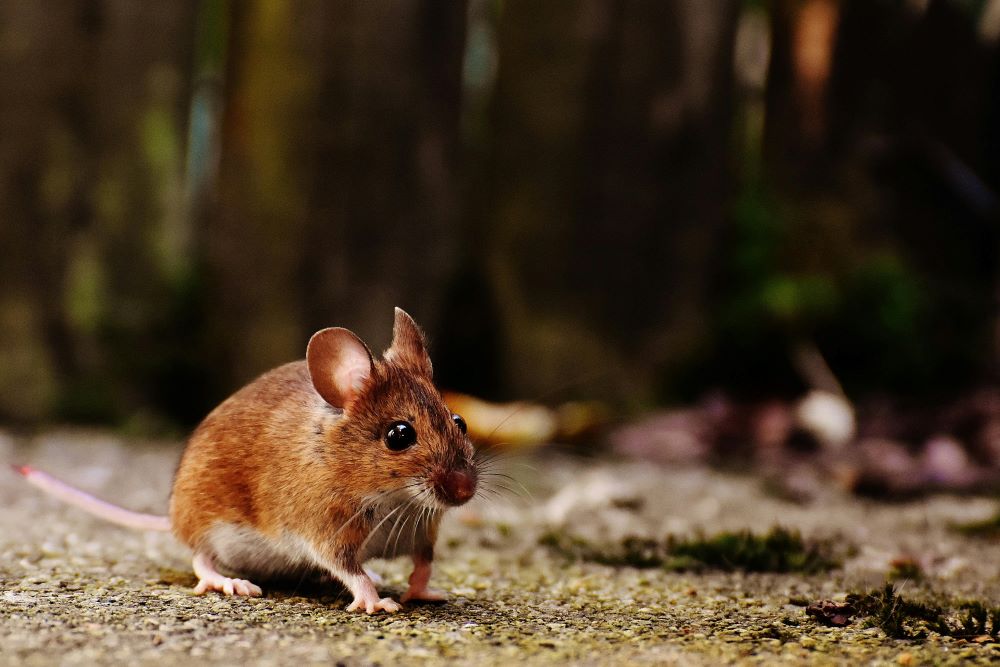This rodent virus is spreading throughout the state and has already claimed the lives of four people.
Arizona health officials are reporting a concerning rise in hantavirus infections. Hantavirus is carried primarily by deer mice and other rodents, and humans can become infected through direct contact with these animals or by inhaling dust contaminated with their droppings, urine, or saliva. The virus is particularly dangerous because it can cause hantavirus pulmonary syndrome (HPS), a severe and often fatal respiratory condition. Symptoms of HPS include fever, fatigue, and muscle aches, followed by severe respiratory distress and fluid buildup in the lungs, and carries a high mortality rate. This warning was issued to heighten public awareness so preventive measures can be taken to reduce exposure.
The Arizona Department of Health Services (DHS) announced that there have been seven confirmed infections and three deaths reported in the state over the past six months. This marks a significant increase compared to previous years, and the agency is actively providing guidance on reducing the risk of infection as they continue to monitor for new cases. According to the U.S. Centers for Disease Control and Prevention (CDC), there were 11 hantavirus cases in Arizona in total in the six-year span from 2016 to 2022. The new cases are being reported primarily in the Western and Southwestern United States.
Dr. Aaron Glatt, chief of infectious diseases at Mount Sinai South Nassau Hospital in New York, emphasized the seriousness of hantavirus infections, stating, “Hantavirus is a rare but important cause of serious, even fatal respiratory infection. It is transmitted by various rodents, especially the deer mouse, and can cause mild disease, but it does cause fatal illness in a significant percentage of people who acquire this illness.”

The virus spreads through particles containing it that get into the air when urine, saliva, or droppings from infected rodents are disturbed. Once inhaled, the virus can trigger hantavirus pulmonary syndrome (HPS), a severe respiratory disease. HPS was first recognized in 1993 after a mysterious illness affected members of a Navajo tribe living on the border of New Mexico and Arizona. At that time, approximately 80% of those infected died from the disease.
Several factors may be contributing to the increase in hantavirus cases in Arizona. Trish Lees, public information officer at Coconino County, Arizona Health and Human Services, suggested that cases tend to occur more in the summer due to increased rodent activity and great probability of coming into contact with one. Climate change may also play a role.
Dr. Camilo Mora, a professor in the department of geography and environment at the University of Hawaii at Mānoa, said heat waves currently sweeping the country may be contributing due to the propensity of creatures to react to this. Mora said, “Many carrying-disease species get on the move with climate change—so while for any specific case it is difficult to conclude the role of climate change, climate change has all the attributes to cause outbreaks of vector-borne diseases.”
The hot weather may also exacerbate the severity of illnesses once people are infected, due to factors like dehydration, which can weaken the body’s immune system and make it harder to fight off infections. Additionally, extreme heat can lead to increased respiratory strain, putting extra stress on the lungs and heart and making symptoms of the virus worse.
As health officials continue to monitor the situation, staying informed is key to fending it off.
Sources:
Arizona officials warning about spread of potentially fatal hantavirus


Join the conversation!